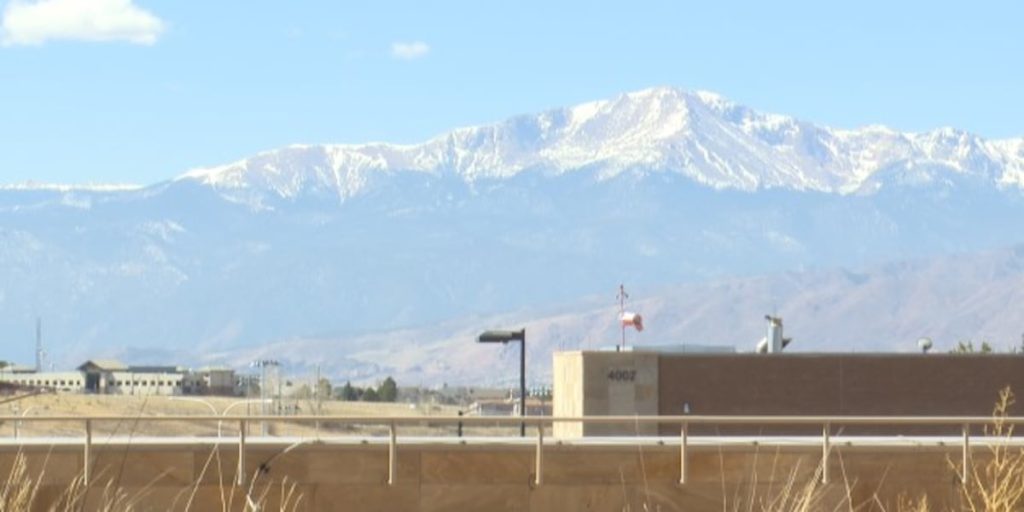COLORADO SPRINGS, Colo. (KKTV) –
We’ve all seen it before in the air, that hazy blanket hanging over the Pikes Peak Region. It can be from wildfires here in the state or from several states over.
Dr. Aubrae Isenhart is a pulmonologist with UCHealth. She says some of the more mild symptoms might go more unnoticed like a runny nose, itchy eyes, or a sore throat.
“Things can get more serious, too. You can have shortness of breath, bad cough, even can get dizzy, lightheaded, have headaches from time to time,” said Dr. Isenhart.
She says there are some things you can do to help mitigate those symptoms. If you have an air conditioner at home, change the mode to recirculate, so you’re filtering more particles out. Also, she says to consider an air purifier.
“You need something with a HEPA filter because that actually does the work of cleaning out some of these more toxic particles,” said Dr. Isenhart.
She also suggests using a mask, either a KN95, N95, or P100. The regular cloth masks won’t do the trick. She also suggests paying attention to the Air Quality Index. It’s broken up into different zones. The higher the number, the less healthy the air quality is. Dr. Isenhart says numbers less than 50 are safe for most people to be outside.
“If we have days in what’s called the orange zone or red zone, or even higher zones, it might be a good idea to stay inside and take more preventative measures to protect your health,” said Dr. Isenhart.
She says the people who are most at risk on those higher air quality days are people with chronic lung disease, young children because they’re outside more, people 65 and up, and people who have to work outside.
“We all love to be outdoors in Colorado and it’s hard to stay away from that. But, I think resisting that temptation on really bad air quality days is really for your best interest and for your best long-term health,” said Dr. Isenhart.
Copyright 2025 KKTV. All rights reserved.


